Montessori Spatial Awareness
As a holistic learning approach, the Montessori method isn’t just about academics — it’s also designed to foster a child’s physical, emotional, psychological, and social growth. One way Montessori environments encourage a child’s holistic development is by nurturing Montessori spatial awareness, or a child’s mind-body connection and understanding of their body’s position in space.
Why is spatial awareness so important? How do Montessori environments and materials encourage spatial awareness? And what can parents do at home to foster these important skills? In this article, we’ll answer all these questions and more.
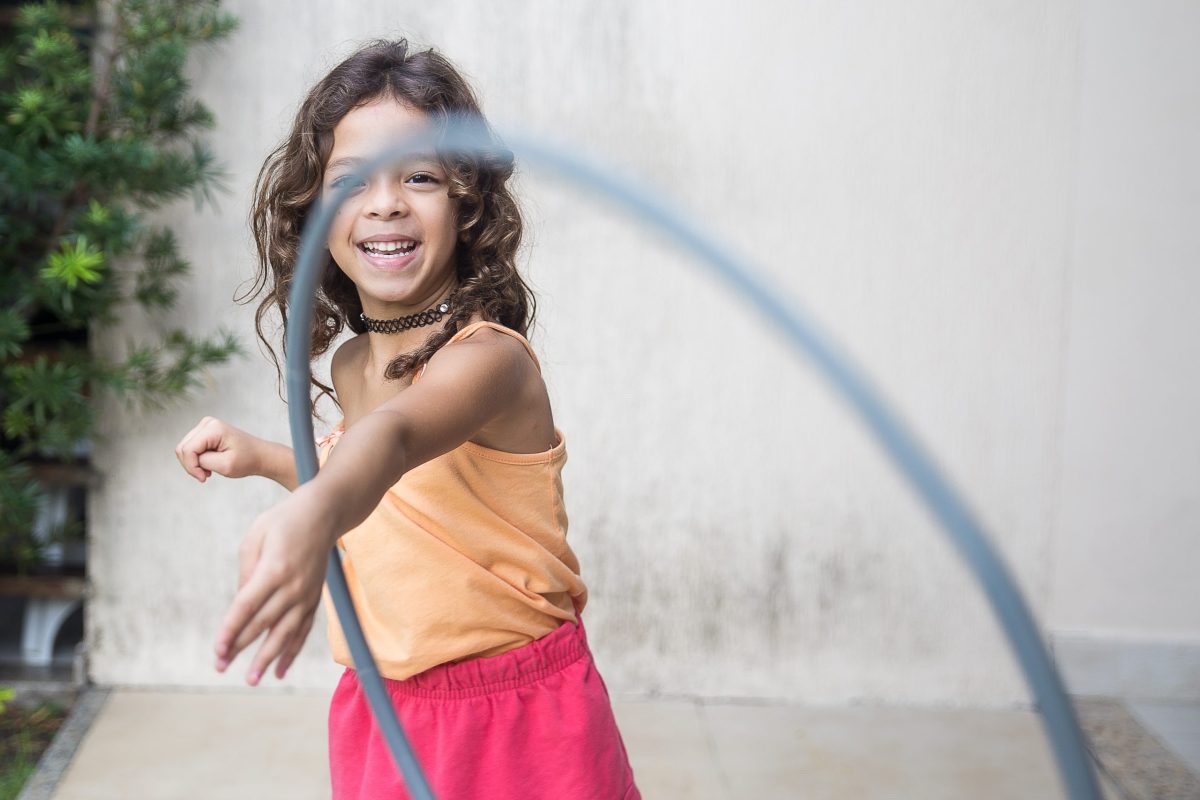
Why Is Spatial Awareness Important for Children?
Spatial awareness is more than just being aware of the body’s position in space (though this is important, too.) It also incorporates spatial reasoning, which is how we move and react to the physical space that surrounds us.
Kids can improve a wide range of skills by understanding space, one’s own body in relation to it, and the position of objects within it.
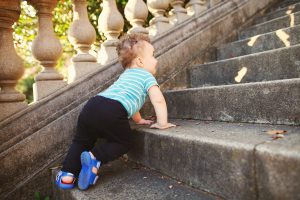 Spatial awareness is key to the development of a child’s gross motor skills. Kids learn to understand their body’s position and how it takes up space when crawling, walking, and climbing.
Spatial awareness is key to the development of a child’s gross motor skills. Kids learn to understand their body’s position and how it takes up space when crawling, walking, and climbing.
Developing hand-eye coordination, which is essential for tasks like grasping, catching, and writing, is also possible through spatial awareness.
Understanding the mind-body connection between objects, oneself, and physical space is a journey throughout childhood. Building a child’s spatial awareness and reasoning helps them interact with and become active members of their environments.
How Does Montessori Nurture Spatial Awareness?
Here are a few ways in which Montessori nurtures spatial awareness (and how you can do the same at home).
Purposeful Environment
How can we expect children to be spatially aware in an environment prepared for adults? We can’t.
A purposely prepared Montessori environment asks adults to create a place according to the child’s needs and interests at each developmental stage. The layout should provide ample space for free movement with engaging materials for children.
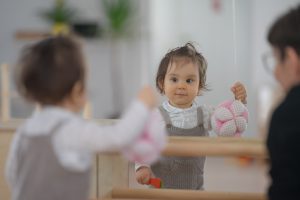 In Nido for babies — the earliest form of Montessori, designed specifically for infants — spatial awareness is about the self and exploring how the body moves. Teachers mount small mirrors on the wall, often with a handrail to encourage children to pull up and observe themselves.
In Nido for babies — the earliest form of Montessori, designed specifically for infants — spatial awareness is about the self and exploring how the body moves. Teachers mount small mirrors on the wall, often with a handrail to encourage children to pull up and observe themselves.
For children ages 3 to 6, teachers nurture spatial awareness using the space and materials. Materials like building blocks help kids manipulate objects to understand how things fit together. Activities like carrying a tray help kids learn how to carefully control their movements.
Sensorial Materials
In Montessori, sensorial materials help kids refine their senses and spatial awareness. These materials range from geometric shapes with different sizes to the famous Montessori Pink Tower (a set of graduated cubes) in the 3-6 classroom.
Between the ages of 0-3, children learn about their mind-body connection as they navigate the world. Learning to walk, pull up, and not bump into things is part of this, as are sensorial activities like slotting, pouring, and spooning — easy DIY Montessori activities to recreate at home!
The Brown Stair, a set of rectangular prisms, and the Knobbed Cylinders, cylinders of varying sizes with small knobs, are other sensorial materials that develop a child’s spatial discrimination for ages 3-6. Through the hands-on manipulation of these materials, children learn to discriminate size, shape, and spatial relationships.
Developing spatial awareness in the early years is very important, but as the body matures into adulthood, teenagers must renavigate how their bodies occupy space. Staying active and picking up physical hobbies all help nurture a teen’s spatial awareness.
Outdoor Education and Montessori Spatial Awareness
The great outdoors! In the book “Nature in Education” by Dr. Montessori, she explores how children greatly benefit from nature.
Montessori encourages outdoor activities like walks, gardening, and observing natural habitats. Being outdoors also allows children to understand spatial elements in the natural world.
Movement and Gross Motor Skills
Movement is intrinsic to childhood. Activities like walking, climbing, or crawling in children foster body awareness, spatial perception, and coordination.
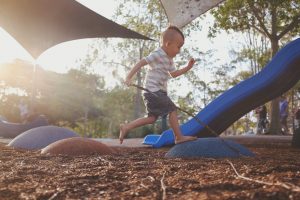 Outdoor play, movement games, and even learning how to carry a chair correctly contribute to spatial understanding as kids learn how to manipulate objects and themselves.
Outdoor play, movement games, and even learning how to carry a chair correctly contribute to spatial understanding as kids learn how to manipulate objects and themselves.
Children aged 3-6 begin preparing to read, write, and spell with the Montessori Movable Alphabet and Sandpaper Letters, materials that naturally foster motor skills and encourage the mind-body connection.
As you can see, spatial awareness isn’t taught as a stand-alone subject in Montessori; it’s woven into every thread of the tapestry.
Geometric Materials
At ages 0-3, an Imbucare object permanence box helps refine hand-eye coordination. Simple puzzles help with spatial awareness, while musical instruments and education can improve the mind-body connection.
From ages 3-12, Montessori introduces Geometric Solids with 3D geometric shapes and Geometric Cabinets that contain drawers of 2D shapes. The purpose of these materials is to help kids develop visual discrimination skills, which are hugely important for spatial reasoning.
Practical Life Activities for Montessori Spatial Awareness
Practical life activities like pouring, transferring beans, arranging objects, and sweeping floors help children develop spatial awareness. These activities require children to observe and understand the space in relation to their bodies.
Pouring water from one container to another, for example, involves spatial planning, coordination, and an understanding of volume. As kids get older, these activities can be riskier, like ironing, requiring even more observation and problem-solving.
Montessori Spatial Awareness Activities To Try At Home
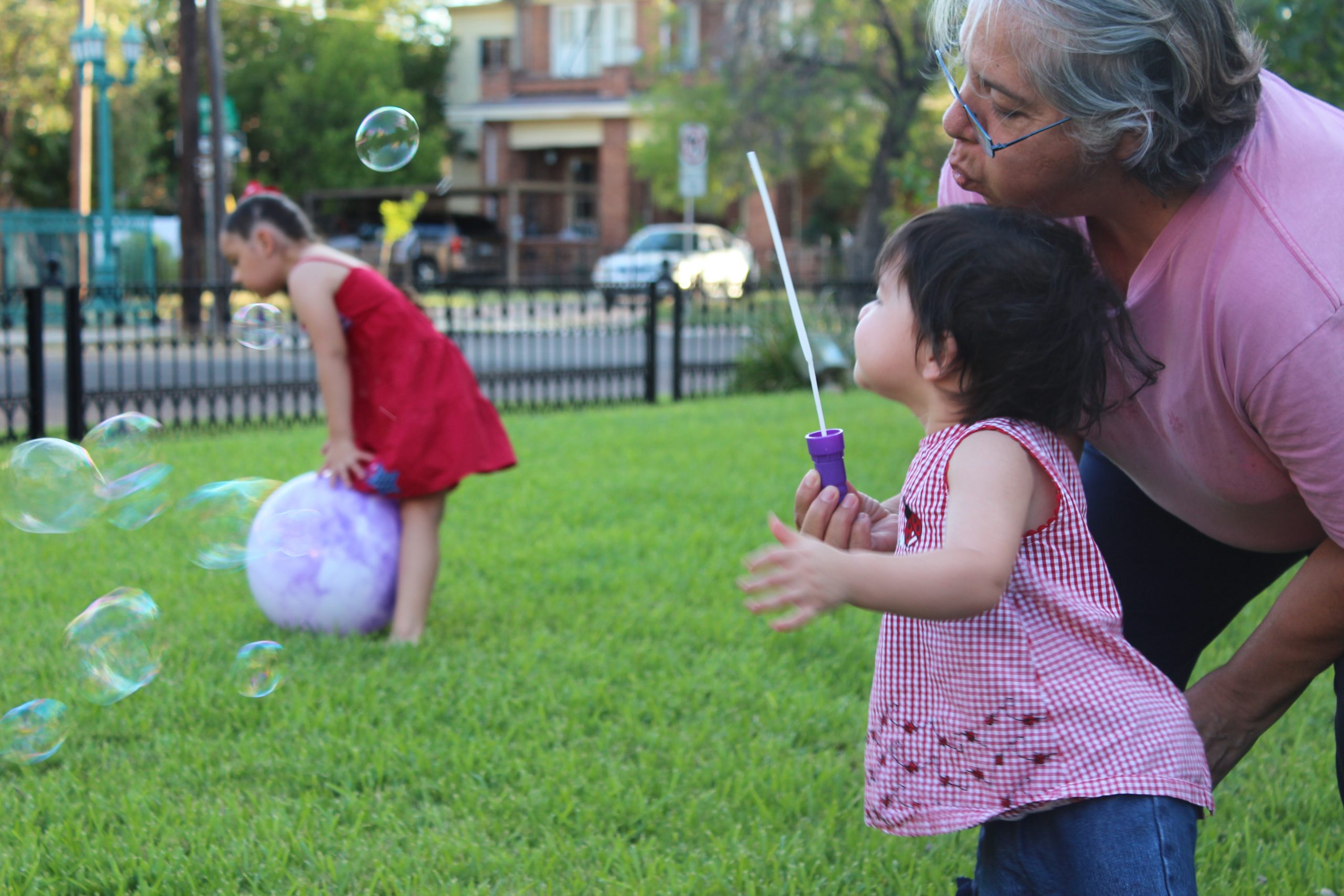
There are so many activities you can try at home to foster and nurture spatial awareness, and they don’t have to cost a lot. Here are some ideas:
- Shape sorting. You can go on a shape hunt and find different shapes around the house.
- Building and constructing with blocks or items you find outside.
- Movement and Motion, like dancing. For an extra challenge, add dance scarves or instruments.
- Art activities. You can draw, paint, model clay, or paint with different body parts.
- Pouring and transferring. Try pouring water from two appropriately-sized jugs or transferring pasta with a spoon and two bowls.
- Arranging objects, like arranging flowers, tidying up toys, or putting lids onto small boxes.
- Outdoor adventures, like nature walks, obstacles, and exploring. Build spatial awareness by creating maps and going on treasure hunts.
- Molding Playdoh. Visual-spatial thinkers might benefit from 3D art projects like molding.
- Puzzles. Puzzles require kids to understand the relationships of objects when there is a change in position.
- Posting activities. Many toddlers love putting things into containers. It’s also great for spatial development. Cut a hole in a cardboard box and post coins through, or grab a cup and practice posting straws.
- Cleaning. It teaches children about personal responsibility and can improve spatial awareness, too! Consider sweeping, brushing, or organizing.
- Packing a bag. We use spatial thinking daily, even when we pack a backpack to ensure everything fits.
- Bubbles. Bubbles help children visually track movement by following the object, which is great for coordination and body awareness.
Now It’s Time to Get Started!
We hope these activities have given you some ideas on how to nurture spatial awareness, reasoning, and perception in your environments! As always, leave us a comment; we love hearing from you.




0 Comments